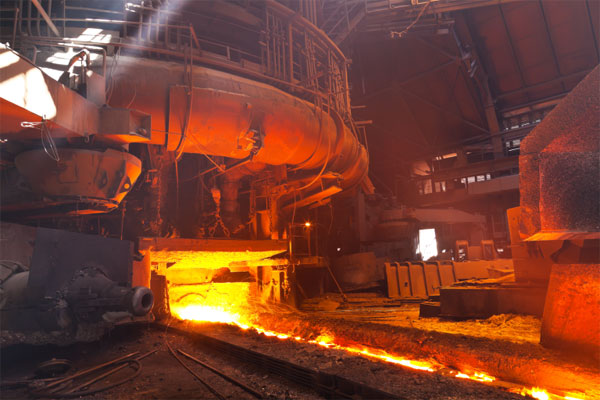
The iron and steel metallurgy industry uses a variety of refractory materials in its processes. These materials can be either carbon-based or comprise a large amount of alumina. Carbon-based materials are generally used in high-reduction environments where resistance to slag is an important feature. Alumina-based materials, on the other hand, are composed of over 50% alumina (Al2O3).
Refractory metals are known for their high mechanical properties, making them an excellent choice for a variety of high-temperature applications. However, these materials can be difficult to consolidate under normal conditions. Conventional heating methods require very high temperatures and lengthy sintering times, which can cause undesirable grain growth. Microwaves, on the other hand, can reduce the sintering temperature and create fine microstructures.
Refractory metals have high melting points and are often resistant to wear and corrosion. They can also be oxidized, which makes them an excellent choice for use in high-temperature applications. They are often processed in powder form and blended with other materials to achieve desired properties. Refractory metals are also used to create fiber-reinforced composites.

The chemical stability of refractory materials in the steel and iron metallurgy industry is an important issue because they are exposed to high temperatures and react with molten metal. These reactions can weaken refractory materials and reduce their structural integrity. The high temperatures also increase the risk of wear due to erosion and mechanical damages. Because of these factors, refractory materials must be carefully selected to ensure their long-term stability.
Refractory materials have different levels of chemical stability. Some are more acid-resistant than others, while others are more stable to alkaline environments. Basic refractories are usually composed of RO group raw materials, and the most common are magnesium oxide and chrome-magnesia.
The iron and steel metallurgy industry is a huge consumer of refractory materials. Refractories are made from ceramic materials and are extremely heat-resistant. They are used in furnace internal linings and in vessels used to transport slag. About 70 percent of the world's refractories are used in the iron and steel industry. These materials must withstand extreme conditions and must be resistant to slag corrosion, thermal shock and wear.
Resistance to slag is measured by measuring the wettability of refractories under different conditions. For example, pre-oxidized ZrO2-C refractories exhibit good wetting. After one minute, a drop of slag 1 is spread on the ZrO2-C surface. However, due to software limitations, no quantitative contact angle trend can be determined.
The metallurgy industry uses refractory materials in high-temperature processes. As a result, the industry generates 28 million tons of spent refractories each year. While recycling rates have been low in the past due to low costs of virgin raw materials, recent environmental concerns have resulted in increased efforts. Today, refractory materials are widely recycled for a variety of uses, from road bed foundations to slag conditioners.
Refractory materials are used in a variety of processes, including blast furnaces, ladles, and EAF furnaces. This type of material is often used as a ladle roof delta. For example, Uddeholm AB uses MgO-C bricks in their BOF and ladle operations. The material contains 97wt% MgO and 12wt% carbon.

Write a Message